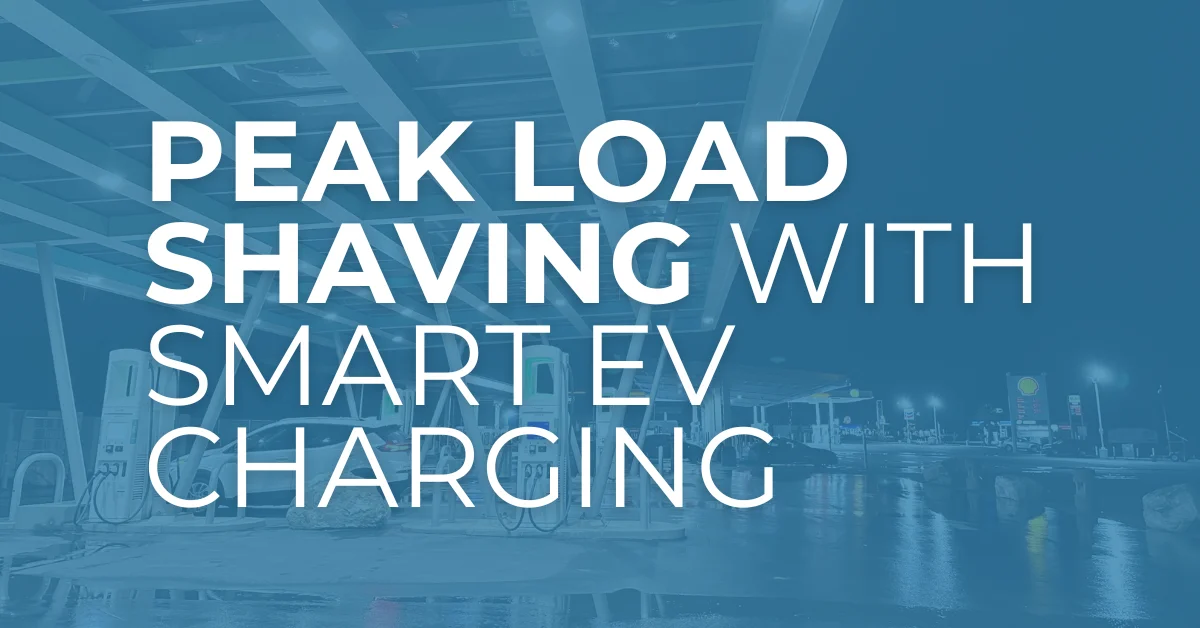Selling excess solar energy back to the grid is a great way for Massachusetts solar farm owners and businesses to maximize their return on investment. With the right programs, you can offset electricity costs, earn credits, or even generate revenue from your solar system.
Massachusetts offers several programs that allow businesses and solar owners to sell excess energy, including net metering, the SMART program, and alternative on-bill credits (AOBC). However, each has its own eligibility requirements, compensation structures, and regulations that must be followed.
This guide will break down how selling excess solar energy works in Massachusetts, which programs are available, and what steps you need to take to start earning from your solar production.
Understanding Net Metering in Massachusetts
One of the most common ways to sell excess solar energy in Massachusetts is through net metering, a system that allows solar owners to send surplus electricity back to the grid in exchange for credits on their utility bill. These credits help offset future electricity costs, making solar power financially viable for businesses and solar farms.
How Net Metering Works
- When your solar system produces more electricity than your building consumes, the excess energy flows into the grid.
- Your utility company credits you for this excess energy at a near-retail rate, reducing your future electricity costs.
- If you generate more credits than you use, they roll over to the next billing cycle.
Net Metering Eligibility in Massachusetts
Massachusetts categorizes solar net metering into three classes based on system size:
- Class I: Systems up to 60 kW (e.g., small commercial solar arrays).
- Class II: Systems between 60 kW and 1 MW (medium-sized commercial projects).
- Class III: Systems between 1 MW and 5 MW (large-scale solar farms).
Each class has different compensation rates and rules. For example, Class II and III systems may have to pay a “net metering distribution charge” to participate.
To check eligibility and current net metering limits, visit Massachusetts Department of Energy Resources (DOER).
Utility-Specific Net Metering Rules
In Massachusetts, National Grid, Eversource, and Unitil each have their own net metering policies and capacity limits:
Each utility has a cap on the total amount of net-metered energy they accept, so it’s crucial to check if there’s available capacity in your area before applying.
How to Apply for Net Metering
- Verify Eligibility – Check your system size and ensure you meet utility requirements.
- Apply for an Interconnection Agreement – Submit a request to your utility company to connect your system to the grid.
- Install a Bidirectional Meter – This tracks both energy consumption and the electricity sent back to the grid.
- Start Earning Credits – Once approved, your system will begin generating net metering credits on your bill.
For a full breakdown of Massachusetts net metering laws, refer to the Massachusetts Net Metering Guide.
The SMART Program: Selling Solar Energy for Incentives
\Massachusetts offers more than just net metering for solar energy producers. The Solar Massachusetts Renewable Target (SMART) Program provides direct financial incentives for businesses, solar farms, and property owners who generate solar energy.
What is the SMART Program?
The SMART Program is a declining block incentive program that pays solar owners a fixed rate for every kilowatt-hour (kWh) of electricity they generate. These payments come on top of any net metering credits and are issued directly through your utility provider.
Who is Eligible for SMART Incentives?
- Commercial and industrial property owners with solar arrays under 5 MW.
- Businesses with rooftop, ground-mounted, or canopy solar installations.
- Solar farms and community solar projects.
- Energy storage systems (bonus incentives for pairing solar with batteries).
For detailed eligibility criteria, check the Massachusetts SMART Program website.
How SMART Payments Work
- The state assigns a fixed rate per kWh that your system generates.
- Payments continue for 10 to 20 years, depending on system size.
- The rate decreases as more solar capacity is installed, so early adopters receive higher incentives.
- Additional bonus incentives apply if paired with battery storage or installed in low-income areas.
How to Apply for the SMART Program
- Check Eligibility – Ensure your system size and utility provider qualify.
- Submit an Application – Apply through your utility company’s SMART portal.
- Receive a Statement of Qualification – If approved, your system is enrolled in the program.
- Start Earning Payments – Once your system is active, you receive direct incentive payments on top of net metering credits.
Alternative On-Bill Credit (AOBC) Program: Selling Solar Energy Without Net Metering
For businesses and solar farm owners who want to sell excess energy without net metering, Massachusetts offers the Alternative On-Bill Credit (AOBC) Program. This program allows solar energy producers to sell credits to third-party buyers, such as businesses, municipalities, or tenants, instead of simply offsetting their own energy bill.
How the AOBC Program Works
- Your solar system generates electricity and sends it to the grid.
- Instead of applying credits to your own bill (as in net metering), you allocate them to other utility customers.
- The receiving customer gets a discount on their electricity bill, and you earn revenue from selling the credits.
- This allows solar farm owners to sell power to off-site users without direct energy transmission.
Who Can Benefit from AOBC?
- Commercial solar farms looking to sell energy to businesses or municipalities.
- Building owners who want to distribute solar credits to tenants.
- Companies with multiple locations that want to apply solar savings across multiple accounts.
Key Differences Between AOBC & Net Metering
| Feature | Net Metering | AOBC Program |
|---|---|---|
| Credits apply to | Your own energy bill | Another customer’s energy bill |
| Revenue opportunity | Indirect (bill savings) | Direct (sell credits to buyers) |
| Best for | On-site solar systems | Off-site solar & solar farms |
| Utility requirement | Must have a net metering agreement | Requires interconnection approval |
How to Apply for AOBC in Massachusetts
- Confirm Eligibility – Your system must be interconnected with National Grid, Eversource, or Unitil.
- Submit an AOBC Allocation Request – Request approval from your utility provider.
- Find Credit Buyers – Businesses, municipalities, or tenants can purchase your credits.
- Allocate Credits & Get Paid – The utility applies credits to the buyer’s bill, and you receive compensation.
Conclusion
Massachusetts offers multiple ways for solar farm owners and businesses to sell excess solar energy back to the grid, providing financial returns beyond simple energy savings.
- Net Metering allows you to offset your electricity bills by sending excess energy back to the grid.
- The SMART Program provides direct payments for every kilowatt-hour generated.
- Alternative On-Bill Credits (AOBC) let you sell energy credits to third-party buyers.
- Power Purchase Agreements (PPAs) offer another revenue stream for commercial solar projects.
Each program has its own requirements, utility provider limitations, and financial benefits, so it’s important to choose the right option based on your business goals and system size.
As Massachusetts continues to expand renewable energy incentives, selling solar energy back to the grid remains a profitable opportunity for solar system owners. If you’re looking to maximize the value of your solar investment, now is the time to explore these options and take advantage of available incentives.




